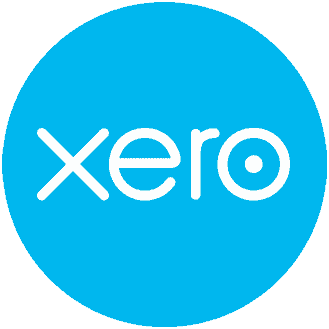The ins and outs of the new 39% Trust tax rate
The new 39% tax rate has finally been enacted, however there have been a few tweaks along the way, including a new concept – the De Minimis Trust. The De Minimis Trust is a welcome addition where a Trust can continue to be taxed at 33%.
Increased Trustee Tax Rate
The Taxation (Annual Rates for 2023–24, Multinational Tax, and Remedial Matters) Act 2024 (the Act) was enacted at the end of March.
Central to the Act is the increase of the Trustee tax rate from 33% to 39% from the 2024–25 income year.
Measures to Mitigate Over-Taxation
Recognizing that the increased rate could lead to over-taxation in some cases, the Act now includes several mitigating measures:
· Retaining the 33% rate for Trusts with Trustee income not exceeding $10,000 (after deductible expenses).
· Special rules for deceased estates within the first four income years, Trusts settled for disabled people, and exclusions for energy consumer Trusts and legacy superannuation funds.
Detailed Analysis and Special Rules
The Act provides detailed analysis and rules for various aspects of Trust taxation:
· De Minimis Trusts: Trusts with net income of $10,000 or less are subject to a 33% tax rate, aimed at small Trusts. Minor beneficiary income and corporate beneficiary income distributions are ignored when considering the $10,000 threshold. If the Trust’s net income is $10,001 – the entire $10,001 is taxed at 39%, not just the $1 over $10,000.
· Corporate Beneficiary Rule: The Act introduces a measure to tax beneficiary income derived by certain close companies at the 39% Trustee tax rate (taxed in the Trust). This is an anti-avoidance provision to prevent the use of corporate beneficiaries to avoid higher tax rates. This income is treated as excluded income and capital gains in the company.
· Minor Beneficiary Rule: The minor beneficiary rule, which taxes income derived by minors from a Trust at the Trustee tax rate if it exceeds $1,000, is retained but is now explicitly subject to the 39% rate to limit tax benefits that could otherwise be exploited. The Act maintains specific exclusions from the minor beneficiary rule, e.g. for income below $1,000.
· Exclusions and Special Cases: The Act outlines exclusions and special rules for deceased estates, disabled beneficiary Trusts, energy consumer Trusts, and legacy superannuation funds, each with tailored provisions to address specific concerns.
*This publication contains generic information only. NZ Tax Desk Ltd is not responsible for any loss sustained by anyone relying on the contents of this publication. We recommend you obtain specific taxation advice for your circumstances.













